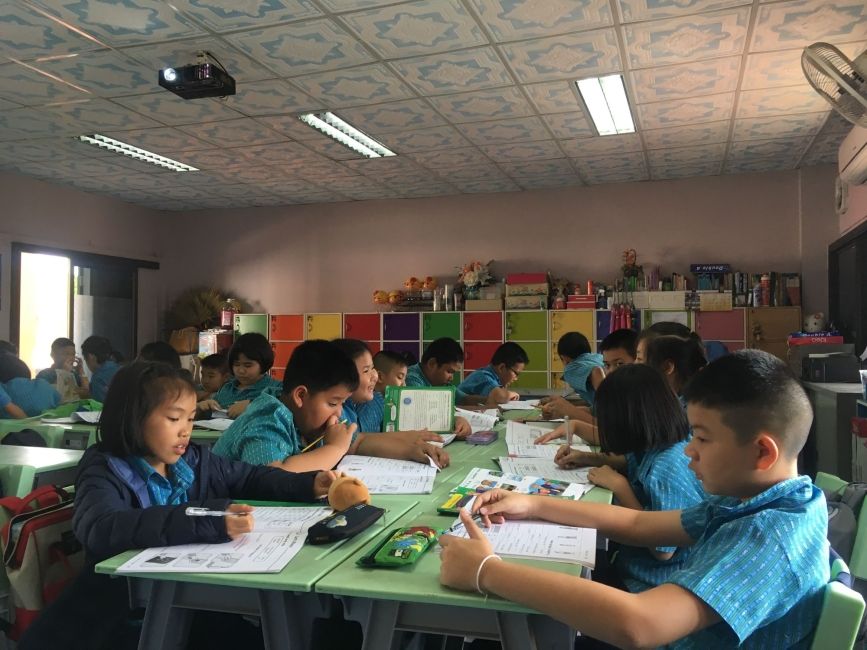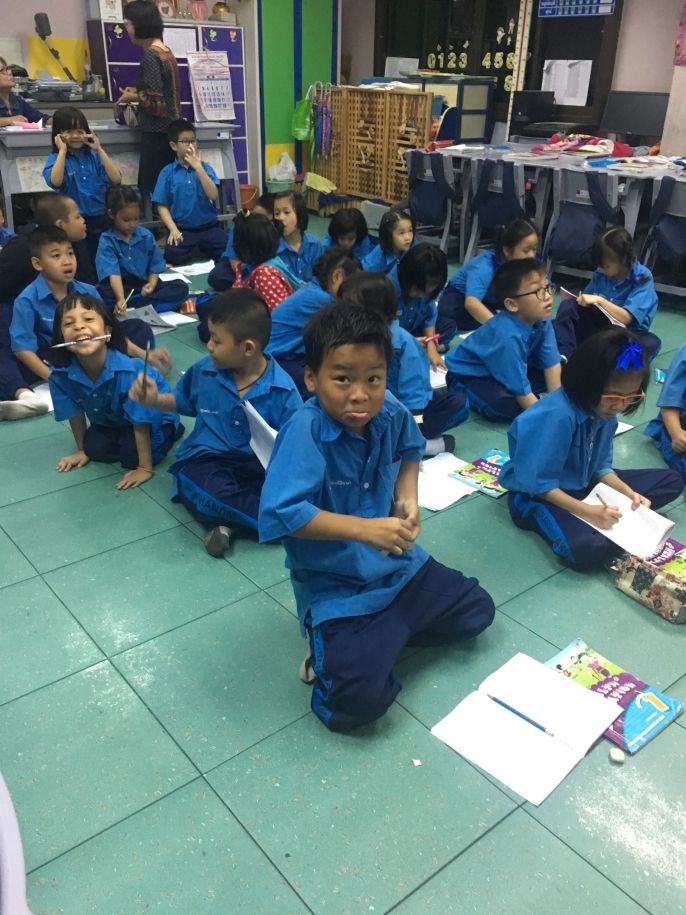Comparison of Thai and American Classrooms
Comparison of Thai and American Classrooms
If you aren’t prepared for some serious culture shock in the classroom, then you are going to be caught off guard. Just because you are a teacher doesn’t mean it’s going to be like in America. I have quite a bit of teaching experience in America and was definitely unprepared for some of the dynamics of the Thai classroom. Here are some tips on what to prepare for.
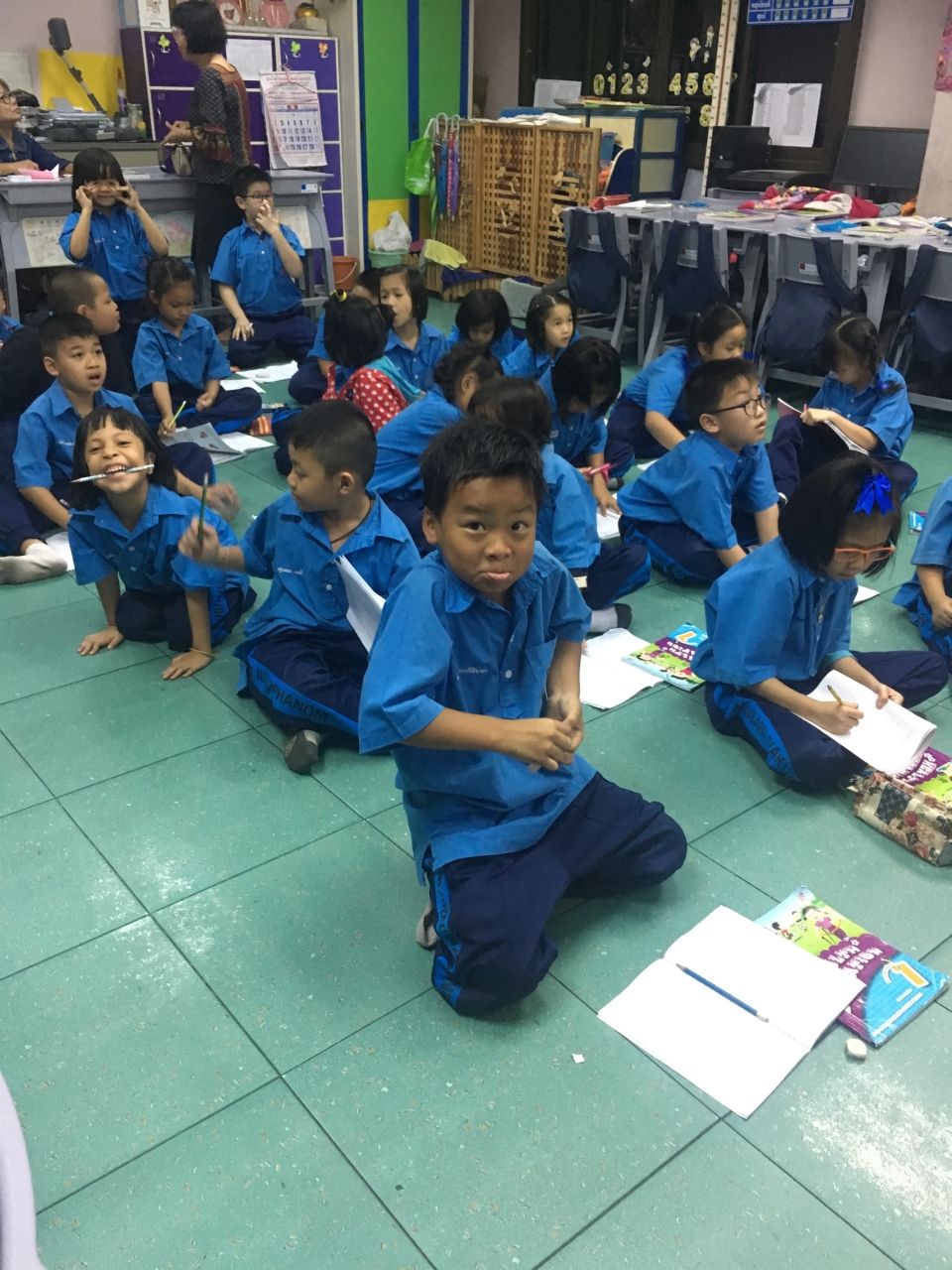
Discipline
One of the first things I noticed was the discipline. In America, an unruly student will get a talking to or a time out, but in Thailand, they might just a get a ruler broken on them. The standards of disciplinary behavior are different. I’m still uncomfortable when I see it happen, but culturally it would be inappropriate for me to interfere. Not all teachers are physical with the students, but some of them will be. And it’s worth preparing yourself emotionally.
Dress

In America, a teacher is expected to be modest. So wearing long, loose clothing is totally acceptable. And since they work with students, they often dress relatively casual. If you were to follow these two values, modest and casual, you might feel out of place. In reality, Thai teachers dress very professionally and “sexy” (their words not mine). These are the values they hold when it comes to dressing, even when working with elementary school students. So it’s best to bring business casual clothing.
Old-school Method
In America, most elementary schools have moved beyond the antiquated method of having kids sit at rows of desks copying from the board. However, in Thailand, this is still relatively standard fare. Even for kids as young as 6 years old, teachers will employ this method. Moving away from the method is allowed, but you may face some push back. When the kids are allowed to participate in different activities, they get wild, which some of the teachers don’t like. It feels like an uncomfortable catch 22. Either keep the kids under control and bored, or get them engaged, but also a little out of control.
Schedule
Recess is not a thing in Thailand, at least not at our school. All of the students from ages 6-12 are in class from 8:20-11:40 and then again from 1:00-3:30. Each class is 50 minutes long. There is no passing period. There is no recess. The classes are a ceaseless flow for student and teacher alike. It’s pretty exhausting, especially when you teach three back to back, which is relatively common.
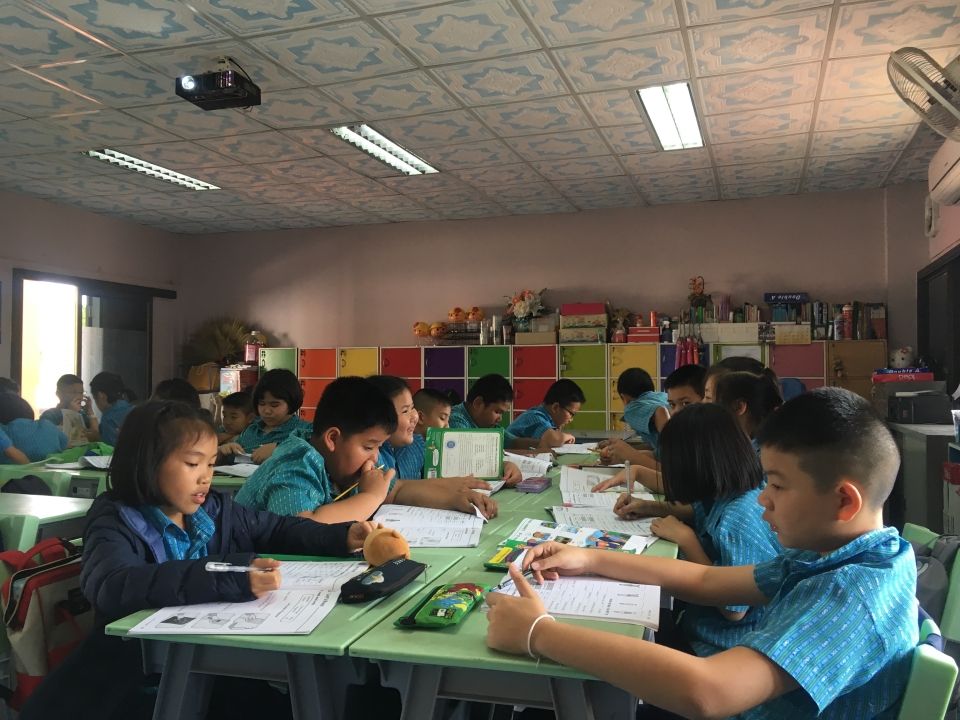
Conclusion
It’s a totally different culture, with different values and practices. It’s only fair to assume their classes will be different too. While there are aspects of Thai classes that are difficult for me as a Westerner, there are also beautiful aspects like singing and dancing. All of the classes are open to singing and dancing, and they often will have whole day long activities set aside to express themselves in different festivities.
Related Posts
Unexpected Things I Wish I Knew Before Moving to Thailand: The Ultimate Guide to Living in Thailand
I'm sure you've read enough big-picture descriptions of daily life as an American expat living in Thailand. Now, indulge in some of the quirks and seemingly small idiosyncrasies that define daily life here, based on my personal experience living right outside of Bangkok.

Teaching English Abroad: Thailand vs. Hungary Comparison
Meet Sarah- a CIEE Teach Abroad & TEFL Alum! 😊 Hi, I’m Sarah! I’m originally from New Jersey, but for the last 4 years I have been traveling all over... keep reading
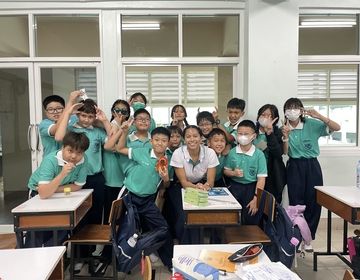
Rewriting My Top 10 Reasons: What a Year in Thailand Taught Me
Revisiting my First Blog Post If you scroll through my blog posts, you will find my first post: Why to Teach English in Thailand: My Top 10 Reasons. For anyone... keep reading
